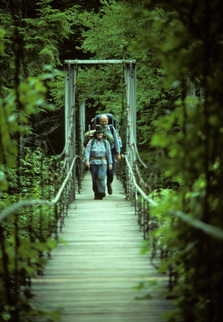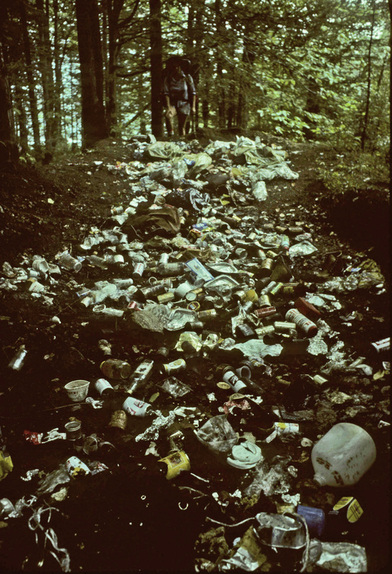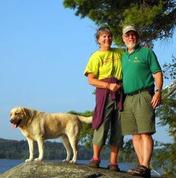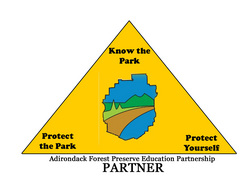
Disclaimer – I don’t claim that these are necessarily profound or original. They are what came to mind when recently, in preparation for a presentation titled: “20 Years of Adirondack Wilderness Expeditions,” I scanned a couple of hundred 35mm slides of the trips I led. It was only after I had provided the title and description of the presentation that I realized it was more like 35 years of leading Adirondack ventures and that I’m getting older than dirt.
Starting at number 50 – Drum roll please….
50. Some human-made features are more welcome in the wilderness than others. When it comes to Wilderness (with a capital W) I’m pretty much a purist. If a human-made feature doesn’t meet the legislated definition of Wilderness then it doesn’t conform and should be removed. I’m also a big believer in the Recreational Opportunity Spectrum (ROS) and that we (government in general and land mangers specifically) have an obligation to provide opportunities throughout the spectrum from extremely primitive and natural (no human elements e.g., no trails, outhouses, fireplaces, picnic tables etc.) to very developed (campgrounds with showers, electrical hook-ups, and dumping stations). Heck, there is even a spectrum of Wilderness from the intensively managed, relatively small Wilderness Areas of the northeast, frequently found to have many human-made features, to the incredibly large relatively untouched areas such as those you might find in Alaska.
There have been times however when I have appreciated certain human-made features. The ones I appreciate the most are probably bridges. There are places where, if the bridge hadn’t existed, I would have had to travel miles to find a place where I could safely cross the river. Generally speaking however I find human-made features detract from the experience rather than adding to it. What do I mean? Let’s take lean-tos, one of the most favored human-made features in my backyard, the Adirondacks as an example. I generally (i.e., not always) find them less than desirable. I find they tend to create a wilderness slum. There is usually more litter, more physical destruction of the surrounding environment, and way too frequently have more rodents hanging around than the NYC sewer. They generally create the antithesis of what I’m looking for in an outdoor experience. Having said that, there are times, like after a long hike in the pouring rain, I have been grateful for the roof and dry conditions found in one. Yes, I too can be found to be a hypocrite at times.
Bottom line: My 35 years of leading wilderness trips have convinced me that while some human-made features are occasionally welcome in the Wilderness, if in doubt, leave it out. If you want human-made features go somewhere other than wilderness.
To Go to # 49 Click Here




 RSS Feed
RSS Feed
